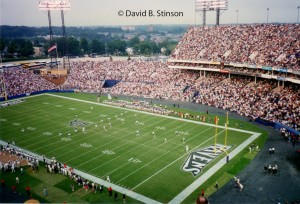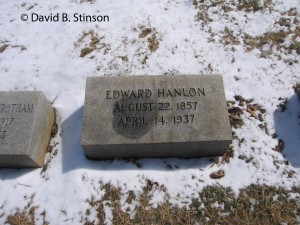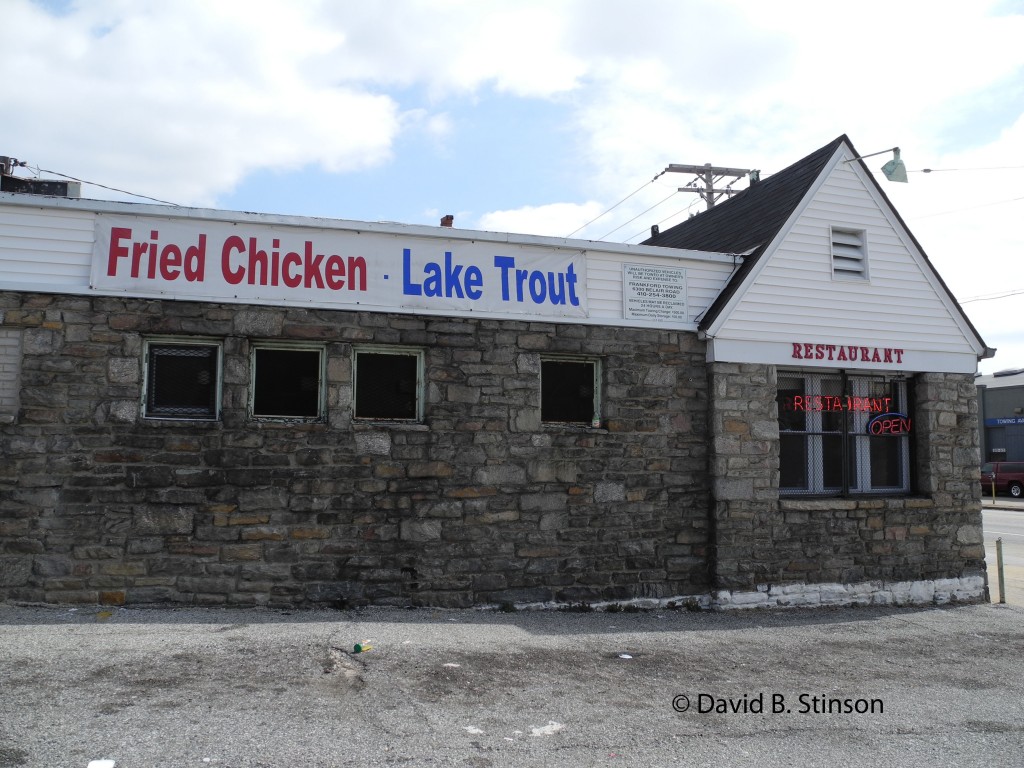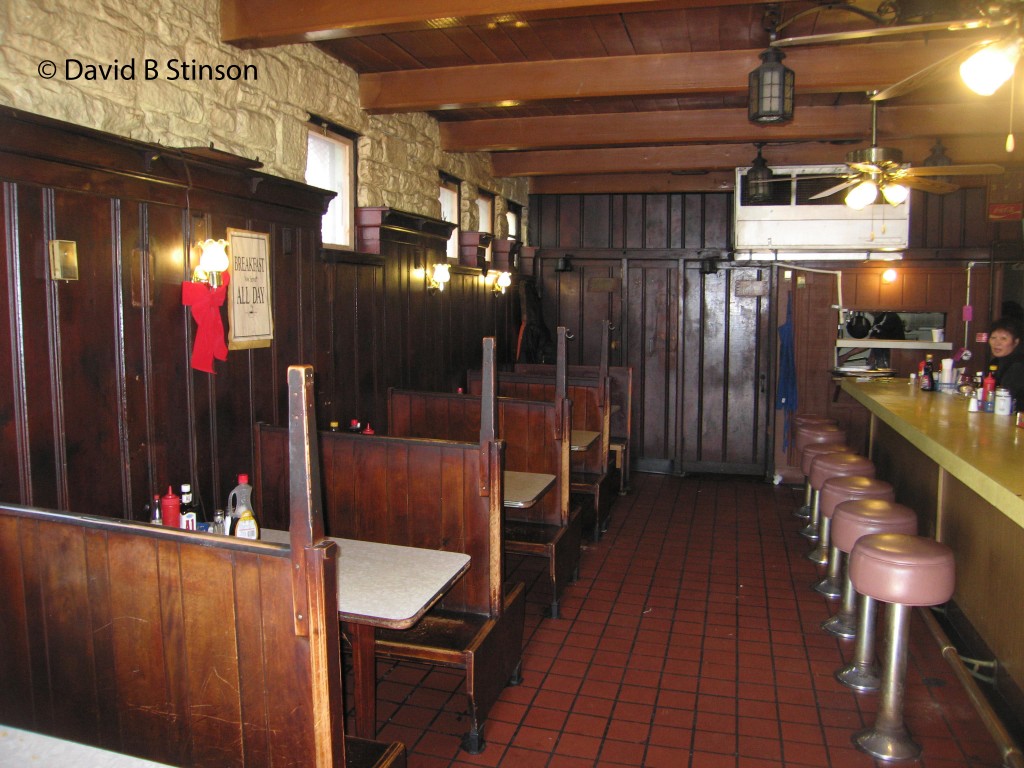Three miles north of Oriole Park at Camden Yards, at the intersection of Greenmount Avenue and East 22nd Street, is St. Ann’s Roman Catholic Church.
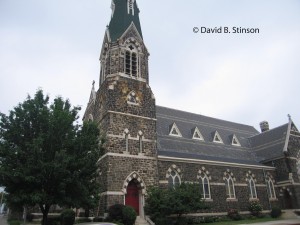
St. Ann's Catholic Church, Baltimore, Maryland
The church is forever tied to Baltimore baseball history as the place where former Oriole and baseball Hall of Famer John McGraw married his second wife, Blanche Sindall, on January 8, 1902.

Interior View of St. Ann's Church Where John McGraw Married Blanche Sindall
St. Ann’s plays a prominent role in two of the latter chapters of my book Deadball, A Metaphysical Baseball Novel. However, in the interest of not spoiling the the story line, I will leave it at that. For those of you who already have read my book, here is a look at the church described in Deadball.
The Gothic-revival church is constructed of grey stone and white marble.
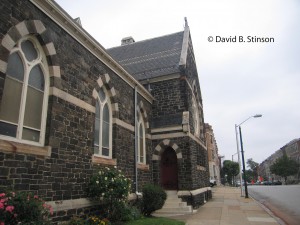
Side View of St. Ann's Church
The church has two steeples, one soaring high above the church to the right of the front entrance and a second, of lesser height, behind and to the left of the entrance.

The Two Steeples of St. Ann's Church
A pointed stone archway made of alternating blocks of marble and stone frames a set of red painted doors decorated with ornate iron hinges. A simple, yet elegant rose window, framed by a similar stone archway centered above the entrance adds an understated flourish to the front of the church.
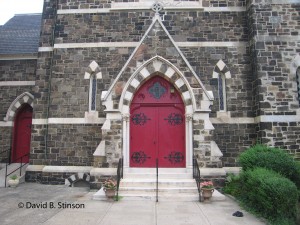
Front Entrance to St. Ann's Church
The white plastic lettering of the church’s marquee sign next to the sidewalk announces that the church is “Anchored In Faith.”

Marquee Sign, St. Ann's Church
The reference to “anchored” is a pun, for resting alongside the cornerstone to the right of the entrance way is a large, gold-painted, allegorical anchor once belonging to Captain William Kennedy.

Captain William Kennedy's Anchor
Commander of the Baltimore clipper ship “The Wanderer,” Kennedy prayed for safe return when caught in a storm off the coast of Vera Cruz. He promised to build a church should his prayers be answered. They were, and Kennedy kept his promise, providing the land and money to build St. Ann’s. The good Captain is buried beneath the main floor of the church, along with his wife, both of whom died in 1873, the year the church was built.

Final Resting Place of Captain William Kennedy and his Wife
Behind the church on East 22nd Street is the rectory.

St. Ann's Rectory - The Anchorage
Next door to the rectory is a three story tan brick row house with a first floor stone. It is the former home of Oriole Hall of Famer Joe Kelley.

Former Home of Hall of Famer Joe Kelley
Joe Kelley and several of McGraw’s teammates were in attendance at his wedding that day, including Wilbert Robinson, Willie Keeler, Steve Brodie, and Hughie Jennings.

Willie Keeler, John McGraw, Joe Kelley, and Hughie Jennings
In her memoir The Real McGraw, Blanche McGraw noted that St. Ann’s was overflowing with people for the 6 pm wedding, which was conducted by St. Ann’s Pastor, Father Cornelius Thomas, who himself was a big baseball fan.
A “church of baseball” or at least a “church with a baseball connection,” St. Ann’s can be visited on the web at anchoredinfaith.com.

